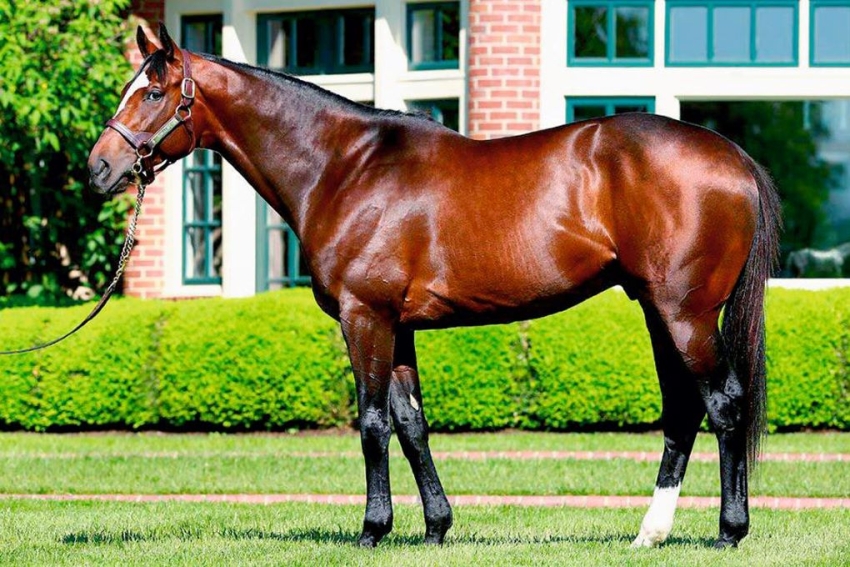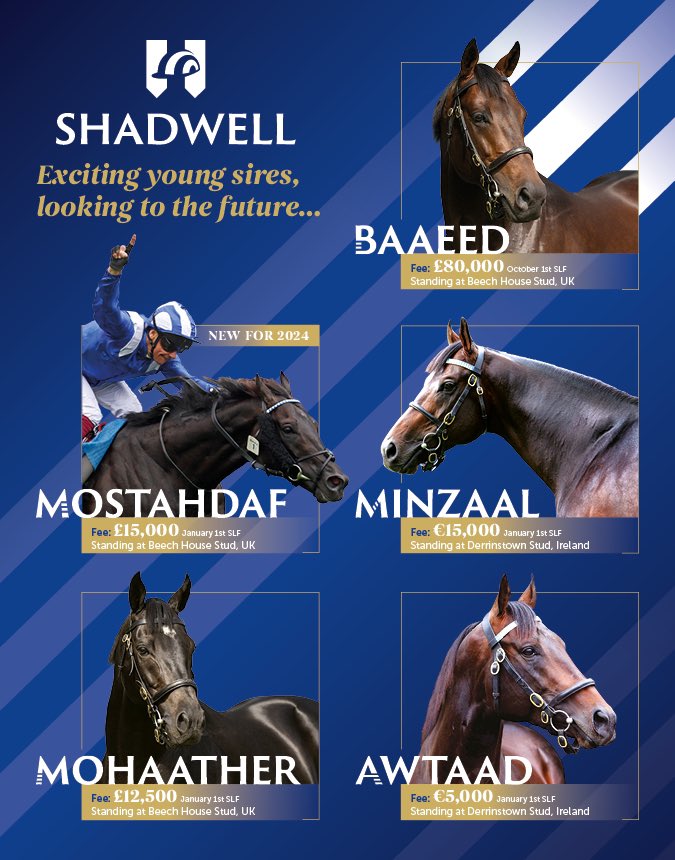Michelle MacDonald -
Way back in the 1950s, Americans became transfixed with a science fiction movie titled The Incredible Shrinking Man in which the title character, after being enveloped in a mysterious fog, becomes smaller and smaller until he is forced to fight off a ravenous spider larger than himself with a safety pin. Strangely enough, all these years later, horse racing in the United States is facing something of the same problem as that movie character, who eventually consoled himself with the thought that no matter how small he became as he continued shrinking, he would still matter as God knew he existed. With racing and breeding down markedly in a plethora of meaningful categories, the sport is facing its own showdown in America, one that could be even more scary than a giant spider as racing struggles to remain engaging, relevant and vital in an ever-challenging digital and technical world.
One of the latest signs of decline was the American Graded Stakes Committee’s announcement in mid-December that it had slashed graded races once again. After cutting four Grade 1 races from the overall national program, the committee has left the US with a total of only 93 Grade 1 races set for 2024, a figure that is down a staggering 22 races - or almost 20 per cent - from the 115 elite level events run in America 15 years ago in 2009. Grade 2 and Grade 3 races also have declined in number, with a total of 336 of those graded competitions set for 2024 as compared to 373 in 2009, which equates to a loss of about 10 per cent. Entire swaths of the racing calendar on both American coasts have been affected, as has been painfully obvious in recent days as the former Grade 1 races for juveniles at Los Alamitos Race Course in California, the Starlet for fillies and Futurity for males, have both dropped to Grade 2 level with little impact on the national scene.
Likewise, in New York, the once prestigious Grade 1 Cigar Mile Handicap, previously won by the likes of champions Kodiak Kowboy and Maximum Security and Belmont Stakes hero Tonalist, reflected little luster this year when taken by Hoist the Gold, well beaten in two Grade 1 starts, over Grade 3 victor Senor Buscador. In 2024, there will be five races that were run as Grade 1s in 2023 that will be downgraded to Grade 2s, while only one race, the obscure Franklin-Simpson Stakes on grass at Kentucky Downs, will rise to Grade 1 from Grade 2 level. The Graded Stakes Committee offered very little commentary on its moves, although in the past has used the number of elite starters in each race as a key component in assessing future graded status. No doubt severe declines in annual American foal crops as well as active stallions and mares bred have contributed to a lack of competitive high-level sport. Stunningly, the number of mares bred in the US dropped by 54 per cent from 2000 to 2021, falling from 59,886 to 27,618. Similarly, the number of active stallions in American breeding has plummeted, crashing a staggering 75 per cent from the 4,553 who covered mares in 2000 to 1,159 who were busy in breeding sheds during 2021. As statistics from the American Jockey Club’s website make painfully clear, the annual registered Thoroughbred foal crop in the US has plummeted by more than 50 per cent over the last three decades, falling from 40,333 in 1990 to an estimated 17,300 for 2022.
But as difficult as those numbers are to digest, particularly knowing that America, as the world’s largest producer of Thoroughbreds for many years, is a lynchpin for the sport globally, they are not the only statistics revealing significant declines. According to Equibase, the number of race days conducted, races run and racing starts also have nosedived, both from 2022 to 2023, a period when race days and races run declined by about five per cent each from November to November, and over a longer period. As of November 2015, for example, there were 4,473 race days conducted for the 11 months of that year as compared to 3,648 run for the 11-month period through November of 2023, a concerning drop of 18.4 per cent. Races run fell from 36,576 from January through November of 2015 to 29,741 in the same period of 2023, a staggering drop of 6,835, or 18.7 per cent. The numbers make it easy to see that huge chunks of the American racing business - and thus the world racing business since the US has been the overall leader and since trends tend to be down in most nations - are disappearing. What’s not so easy to see, especially since there is no governing body of the American sport, is how these slides that encompass breeding, racing and other key business indicators can be reversed. As we approach a New Year, here’s hoping that leaders who have some answers to these serious problems can take hold of the reins and steer the sport in a more positive direction. Hopefully it’s not too late to reverse this precipitous course.











